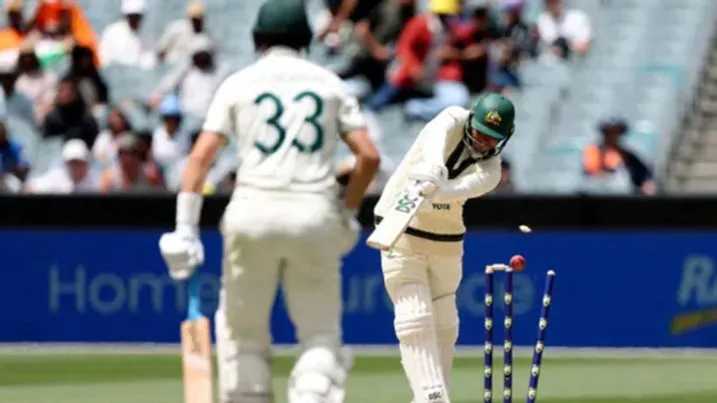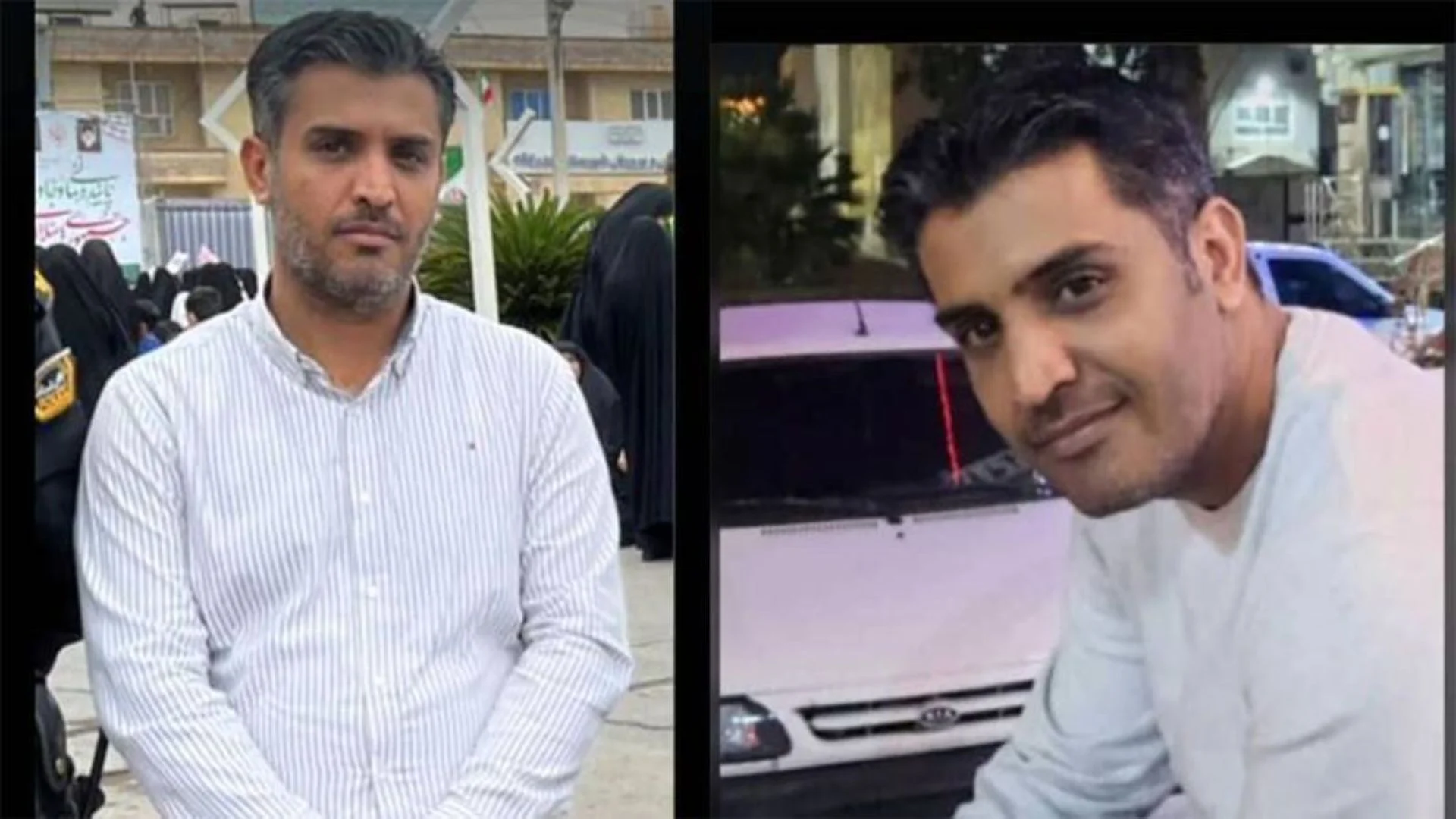Ahead of the 2024 Lok Sabha Elections, India’s leading political entities, the Bharatiya Janata Party (BJP) and the Congress, have revealed their respective manifestos, each highlighting distinctive strategies regarding foreign policy and national security.
Prime Minister Narendra Modi unveiled the Bharatiya Janata Party’s (BJP) manifesto, titled ‘Sankalp Patra,’ for the forthcoming Lok Sabha Elections 2024 on April 14. In contrast, the Congress party had released its manifesto on April 5.
The BJP’s manifesto outlines a vision centered on promoting India’s interests globally, embodying the concept of ‘Vishwa Bandhu’ or ‘kinsman of the universe.’ This approach signifies a more inclusive stance towards international relations. Additionally, the BJP has chosen to emphasize the term “Bharat” extensively, underlining a cultural and traditional form of self-identification.
Contrastingly, the Congress party has committed to enhancing ties with India’s immediate neighbors. This strategy likely aims to tackle regional stability and cooperation, particularly concerning ongoing challenges like border disputes with China and issues of cross-border terrorism related to Pakistan.
Here are some key points presented by both the parties in the manifestos,
Modi Ki Guarantee Vs Congress’s Nyay pillars
BJP: In a comparison of campaign pledges, the BJP’s manifesto, branded as ‘Modi Ki Guarantee’ for the 2024 elections, lays out 14 promises, centering on the party’s unwavering commitment to the nation’s development across four key pillars: women, youth, the underprivileged, and farmers.
Congress: The Congress party’s manifesto, titled ‘Nyay Patra,’ bears the imprint of Rahul Gandhi’s Bharat Jodi Nyay Yatra and emphasizes five ‘pillars of justice’ – Yuva Nyay, Naari Nyay, Kisaan Nyay, Shramik Nyay, and Hissedari Nyay – comprising 25 guarantees beneath them.
Young Voters
Both parties have dedicated sections in their manifestos to address the concerns and aspirations of young voters, particularly focusing on the 18-19 year old demographic, which comprises about 1.8 crore new voters in the upcoming Lok Sabha elections.
BJP: The Bhartiya Janta Party has outlined several promises for young voters, including implementing laws to prevent paper leaks, filling government vacancies in a timely manner, and enhancing the ecosystem to make India a preferred destination for startups. They also aim to boost India’s manufacturing sector to create more employment opportunities and expand credit programs like Mudra to support aspiring entrepreneurs, with plans to double the Mudra loan limit to Rs. 20 lakh.
Congress: The Congress party has proposed a Yuva Nyay program to address unemployment, promising a new Right to Apprenticeship Act to provide one-year apprenticeships to diploma holders or college graduates under 25. They also plan to fill nearly 30 lakh vacancies in various levels of the central government and provide one-time relief to applicants who missed qualifying public examinations due to the COVID-19 pandemic.
Environment and Farmers
BJP: Bhartiya Janta Party has promised to achieve and maintain the air quality under the standards of National Clean Air Programme (NCAP). They aim towards improving the health and cleanliness of the major rivers, strengthen PM Fasal Bima Yojna and increase Minimum Support Price.
Congress: Congress party has promised to establish an Environment Protection and Climate Change Authority. They also aim towards strengthening the NCAP o tackle air pollution and establishing a permanent commission on Agricultural Finance to assess agricultural credit needs and loan tolerance.
Senior Citizens
Both the BJP and the Congress have outlined plans in their manifestos to address the needs of senior citizens, particularly focusing on health and other support initiatives.
BJP: The BJP has pledged to expand the Ayushman Bharat Yojana to include coverage for senior citizens aged 70 and above. They also aim to collaborate with state governments to ensure that senior citizens have convenient facilities for undertaking sacred pilgrimages across the country.
Congress: Congress party has promised to strictly enforce the Rights of Persons with Disabilities Act, 2016. They plan to increase the contribution to pensions for senior citizens, widows, and persons with disabilities under the National Social Assistance Programme to Rs. 1,000 per month. Additionally, they aim to reinstate travel concessions in public transport (rail and road) for senior citizens.
Women
In the upcoming 2024 elections, a total of 96.8 crore Indians are eligible to vote, with 49.7 crore being males, 47.1 crore females, and 48,000 identifying as transgender. The significant number of women voters plays a crucial role in determining the outcome of the elections.
BJP: The BJP has announced plans to empower 3 crore rural women to become ‘Lakhpati Didi.’ They also intend to expand health services to focus on preventing and reducing anemia, breast cancer, cervical cancer, and osteoporosis among women, with a specific initiative to eliminate cervical cancer. Additionally, the BJP aims to systematically implement the Women’s Reservation Bill to ensure female representation in Parliament and State Legislatures.
Congress: Congress party has proposed launching the Mahalakshmi scheme, providing Rs. 1 lakh per year to every poor Indian family as an unconditional cash transfer. They also plan to reserve 50 per cent of central government jobs for women starting in 2025 and double the number of working women hostels in the country, ensuring at least one Savitribai Phule Hostel in each district.
Health for all
Healthcare has emerged as a significant issue in the upcoming elections, particularly in light of the COVID-19 pandemic. The BJP highlights its handling of the crisis in its manifesto, while the Congress has promised to implement insurance similar to its Rajasthan government model.
BJP: The BJP plans to strengthen the network of AIIMS to ensure quality healthcare nationwide. They also aim to expand the PM-ABHIM platform for robust healthcare delivery and extend the Jan Aushadhi Kendra network to provide high-quality, low-cost medicines to citizens across the country.
Congress: Congress intends to adopt the Rajasthan Model of cashless insurance, providing coverage up to ₹25 lakhs for universal healthcare. They promise that healthcare will be universal and free in public health centers, including hospitals, clinics, primary health centers, mobile healthcare units, dispensaries, and health camps. Additionally, the Congress plans to increase the budget allocation for health step by step every year, aiming to achieve 4 per cent of the total expenditure by 2028-29.
Indian Economy
In their respective manifestos, both the BJP and the Congress have set ambitious economic goals for India’s future.
BJP: The BJP promises to ensure that India becomes the 3rd largest economic power globally. They pledge to maintain low inflation and focus on enhancing employment, self-employment, and livelihood opportunities for citizens. Additionally, the BJP expresses a commitment to recognizing the contributions of taxpayers in strengthening the economy.
Congress: Congress has set a target of doubling the country’s GDP over the next decade. They propose to enact legislation to specify and protect the rights of gig workers and unorganized workers, while also improving their social security. Furthermore, the Congress promises to support free trade and rule-based international trade and commerce, and reorient tax policies to prioritize employment, wages, investments, and profits.
Education
BJP: The BJP has outlined plans to enhance existing institutions through targeted funding, capacity building, infrastructure upgrades, and dedicated research grants. They aim to prepare the youth for the future by implementing a dynamic learning curriculum at the school level as mandated by the National Education Policy. Additionally, the BJP plans to incorporate industry-aligned curriculum and skill development in emerging technologies in higher education.
Congress: Congress party intends to amend the Right to Education Act to make education from Class I to Class XII in public schools compulsory and free. They also propose to revisit and amend the National Education Policy in consultation with state governments. Furthermore, the Congress plans to emphasize the study of STEM subjects (Science, Technology, Engineering, and Mathematics) in school and college syllabuses to foster a scientific temper.
National Security
BJP: BJP’s manifesto includes plans to establish military theatre commands for more efficient operations and accelerate the development of infrastructure along the borders with China, Pakistan, and Myanmar. They also aim to ensure that development and welfare schemes reach people in areas affected by Left Wing Extremism. Additionally, the BJP pledges to equip the Armed Forces and Central Armed Police Forces with modern weapons, equipment, and technology to address current and emerging threats.
Congress: Congress party promises to scrap the Agnipath Scheme and issue a comprehensive National Security Strategy. They plan to introduce a new Operational Directive to address the current two-front challenge. Furthermore, the Congress intends to institutionalize the process of appointing the Chief of Defence Staff (CDS) to ensure transparency and military consensus. They also pledge to implement the One Rank One Pension (OROP) in accordance with the UPA government’s order dated February 26, 2014.























